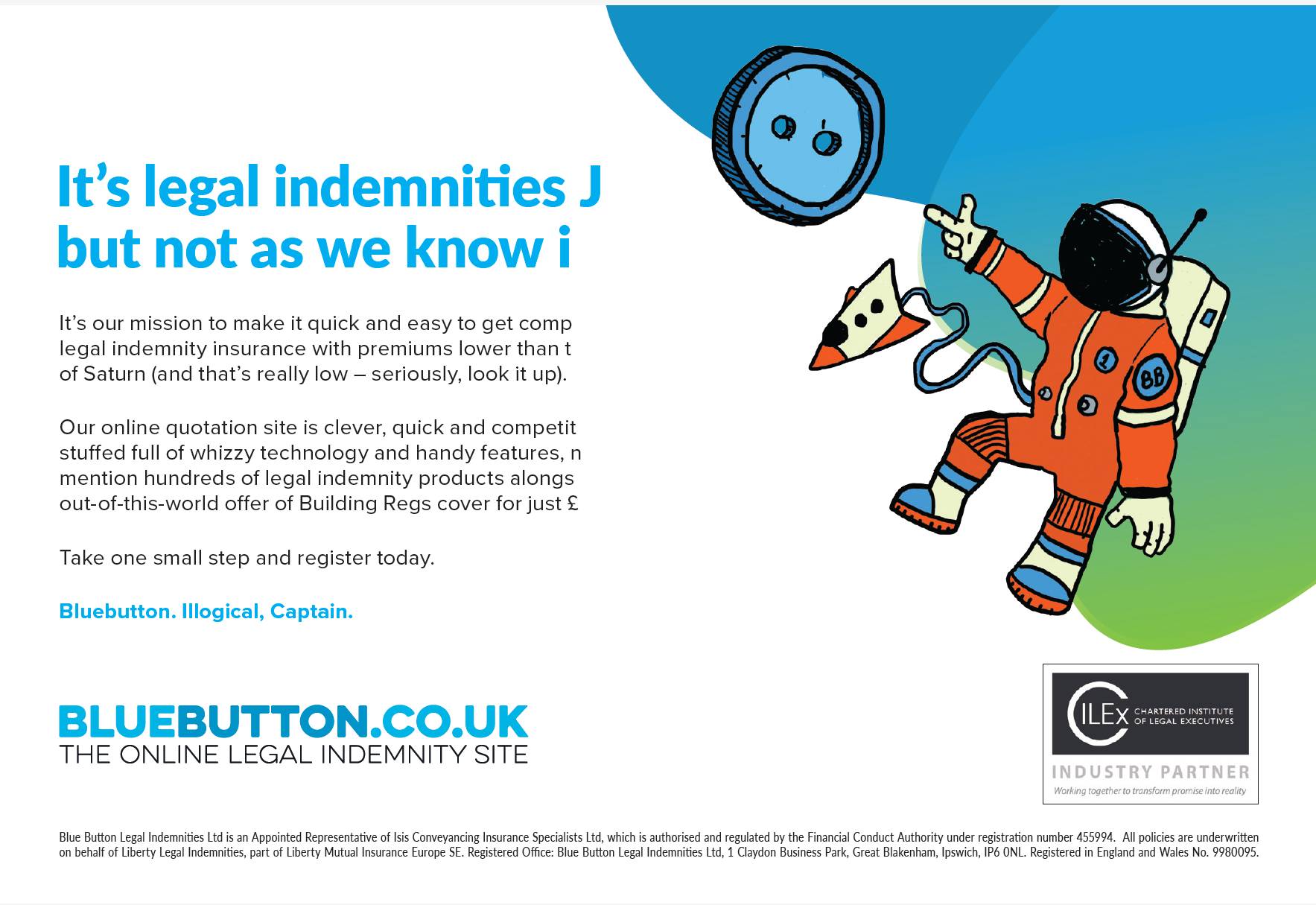Administration of justice
HMCTS: ‘working together with others’
Rob Hack describes how HM Courts and Tribunals Service is involving other people, including CILEx members, in the development and delivery of its reform programme.
 About the author: Rob Hack is head of external
stakeholder communications
at HMCTS.
About the author: Rob Hack is head of external
stakeholder communications
at HMCTS.
Over the past 12 months, we have put a lot of focus onto increasing our engagement activity at HMCTS, providing greater visibility and more opportunities for people, including CILEx members, to contribute to and shape our reform programme. Whilst I acknowledge that there is more to do, I hope this is starting to be felt.
HMCTS is born out of a partnership between the government and the independent judiciary, and everything that we do is accountable to both. More broadly, we work extensively with professional and public court users - and those that represent them - to ensure that we put the people who use our services at the heart of the way we design them.
We have not launched a single, reformed service that has not involved the people who will be using it or their representatives. For example, before our divorce service went live, over 1,000 people tested it on real cases and gave us feedback that shaped the final design.
We have also carried out over 4,000 research interviews since the programme started in 2016. This helps us to design and test new approaches, as well as understand different experiences of using our services before, during and after those services have been reformed. And we also work closely with a number of charities, including Revolving Doors, to understand what people who may find it more diÿcult – reform or no reform – to access the justice system need.
What is engagement?
Engagement can mean different things for different people at different times. Its nature will change through the lifespan of a particular project or programme. Our engagement falls into three broad categories:
We communicate regular information and updates, for example through our events programme or newsletter.
Through dialogue at various engagement groups, a number of legal professional and public user representatives, including those from CILEx, are able to exchange ideas, insight knowledge and expertise, that might otherwise be missed with a single view of change.
Finally, we collaborate with frontline users, giving them the opportunity to test and feedback on new services very early in their design. This includes inviting stakeholders with particular expertise and experience to work with our project teams as part of the ‘agile’ development process.
Running consultations
We had a full, public consultation right at the start of the programme, which set out the government’s broad approach to reform. It is important to remember, though, that formal consultations are just one type of engagement, and they are undertaken in specific circumstances.
We want to understand as fully as possible the impact our proposals will have on court users. So, for example, we always consult when we are moving court work out of the local area because we know that this will have an impact on the journeys users take to court. On the other hand, if proposals have a limited impact – for example, merging two courts in the same town – a formal consultation would be bureaucratic and unnecessary.
One of the big challenges we face is that we often need to speak to the same groups of people about lots of different aspects of the reform programme. We know this can be frustrating and resource-intensive for them, and we are doing our best to co-ordinate this better and strike the right balance.
Who HMCTS is working with
Each of our reform projects works with stakeholders relevant to them. This might involve a combination of private firms of solicitors to test a service for legal professionals, such as online probate, or a local authority to design our new public law processes and systems. We also work with charities, such as Victim Support or Rape Crisis, to help us understand, for example, the experiences of victims and witnesses. And, of course, with other government departments such as the Department for Work and Pensions.
